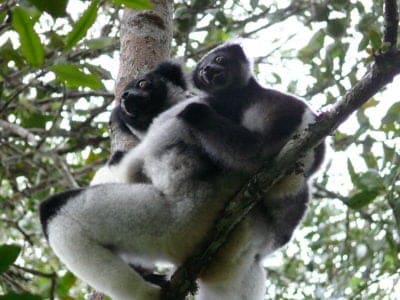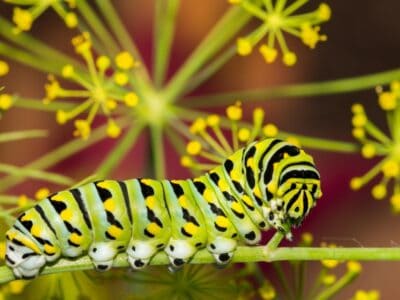Endangered species are at a very high risk of becoming extinct in the wild or extinct. In the most recent iteration of the list the IUCN identifies 5,766 species as endangered. For the IUCN to add a species to the category it must meet any of the following criteria:
Population Reduction
- A taxon’s population size is reduced by 70 percent or more over 10 years or three generations, whichever is longer, and the reduction causes are understood, reversible, and have stopped. For example, let’s pretend there is a bird species that traditionally had a population of 2000. Over 10 years, it drops to 600 because a logging company demolished its habitat. If laws are put in place that bar the logging company from continuing to fell trees in the area, then the IUCN will list it as “endangered” because the reason for the decline is understood and ceased.
- A taxon’s population size is reduced by 50 percent or more over 10 years or three generations, whichever is longer, but the reduction cause may not be understood or reversible. For example, let’s say there is a bird species that traditionally had a population size of 2000. Over 10 years, it drops to 1000. However, scientists can’t figure out why they’re dying off. In this case, the IUCN would list it as “critically endangered” because the decimation is evident, but scientists can’t figure out why.
- A taxon’s population size is reduced by 50 percent or more over 10 years or three generations, whichever is longer, and the animal is also battling habitat shrinkage or another threat.
Geographic Reduction
The area where a species can live is reduced to 5,000 square kilometers or less, or the area that the species currently and actually occupies is reduced to 500 square kilometers, and at least two of the following criteria are also true:
- The population is known to exist in only one location.
- Scientists observe or predict that the habitat will continue to shrink or be degraded, and there’s also a decline in subpopulations or the number of reproducing adults.
- Scientists observe extreme fluctuations in the number of locations, subpopulations, or the number of reproducing adults.
Dangerously Low Number of Adults
- A taxon’s population only has 2,500 or fewer adults left, and a 20 percent decline is anticipated within three years or one generation, whichever is longer. If no subpopulation of the taxon contains more than 250 adults, or 95 percent of the species’ adults live in one subpopulation, it will qualify as critically endangered
- Scientists observe extreme fluctuations in the number of mature adults in a given population.
Expected Rapid Decline
Research and studies indicate that there is a 20 percent or greater chance that the species will be extinct in the wild within 20 years or five generations, whichever is longer.
Endangered Species
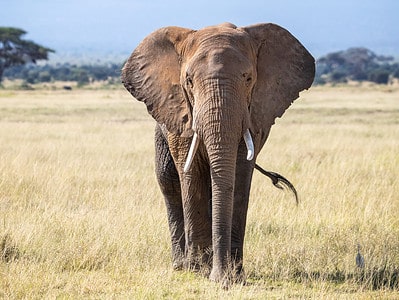
African Elephant
Both male and female African elephants have tusks. In Asian elephants, only the males have tusks.
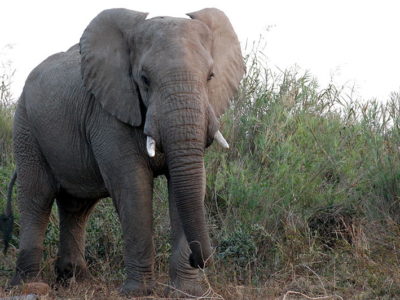
African Forest Elephant
Have large rounded ears to help keep them cool!

African Grey Parrot
When a grey parrot named Yosuke got lost, it was reunited with its owner after giving the owner's name and address.

African Penguin
The only penguin species in Africa!

African Wild Dog
Also known as the painted dog!

Agouti
The agouti is one of the only animals that can crack open Brazil nut pods!

Amberjack
Amberjack can grow up to 200 pounds
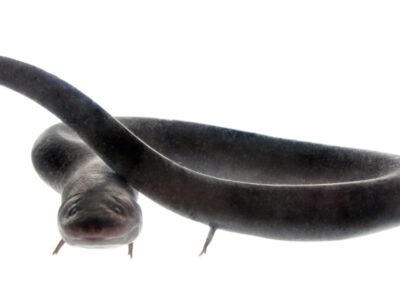
American Eel
Don't eat raw eel! Their blood is poisonous to humans when consumed raw.
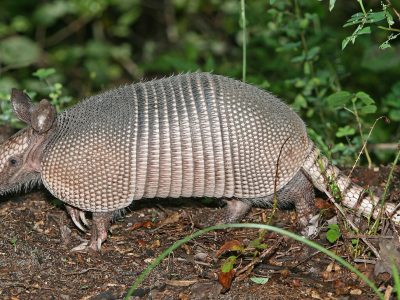
Armadillo
Can curl into a hard, protective ball!
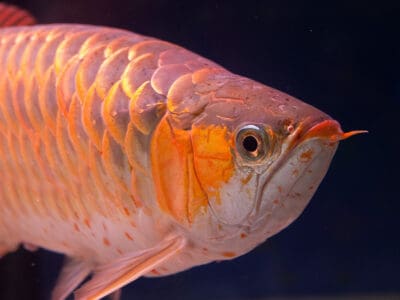
Asian Arowana
The male Asian arowana raises the eggs in its mouth
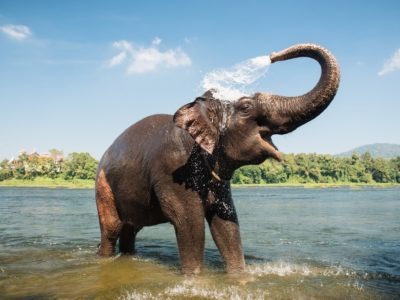
Asian Elephant
Domesticated for hundreds of years!
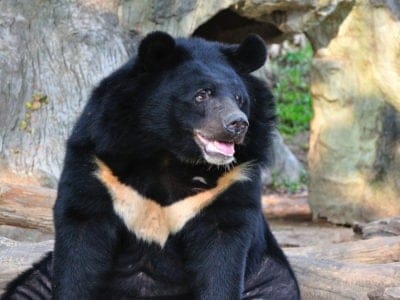
Asiatic Black Bear
Known to eat 160 different tree-borne fruits in Thailand!
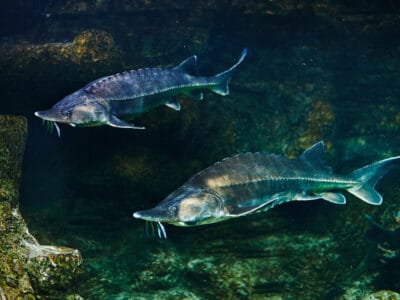
Atlantic Sturgeon
Atlantic Sturgeon often leap out of the water.

Axolotl
Found only in one complex of lakes!

Aye-aye
Thought to be extinct until 1957!
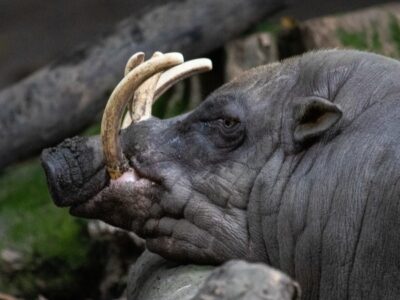
Babirusa
The babirusa is the only mammal with vertically growing canine teeth!
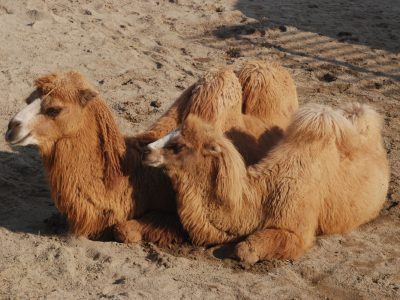
Bactrian Camel
The camel with two humps!

Bamboo Shark
Can reproduce asexually
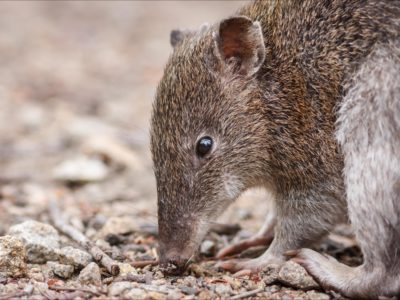
Bandicoot
Bandicoot Many species are endangered or extinct!

Bear
There are 8 different species!
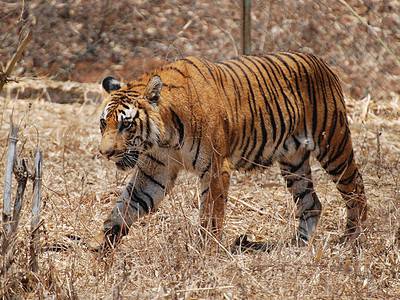
Bengal Tiger
The most numerous species of tiger!
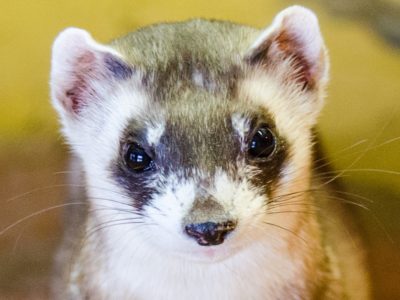
Black-Footed Ferret
Black footed ferrets are the only ones native to North America.

Blacknose Shark
When threatened, Blacknose sharks raise their head, arch their back, and lower their pectoral fins.

Blue Whale
The largest animal on Earth
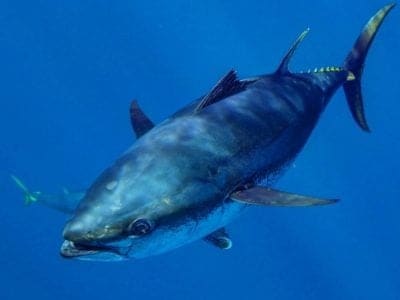
Bluefin Tuna
The bluefin is one of the largest fish in the world

Bonobo
Shares 97% of the same DNA as humans!

Brown Bear
A dominant predator in it's environment!
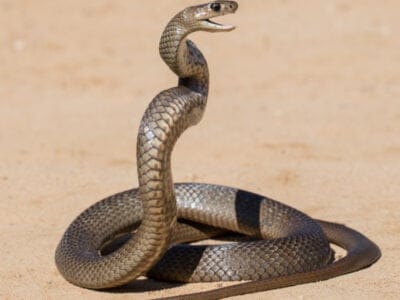
Brown Snake
Causes the most snake bite deaths in Australia!
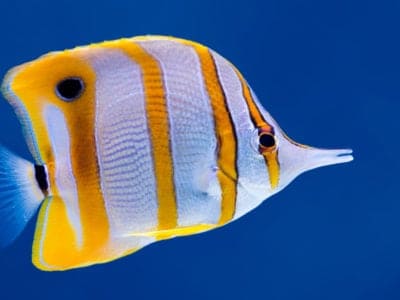
Butterfly Fish
There are more than 100 different species!
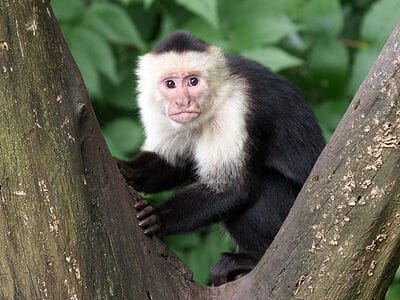
Capuchin
Named after Capuchin friars.
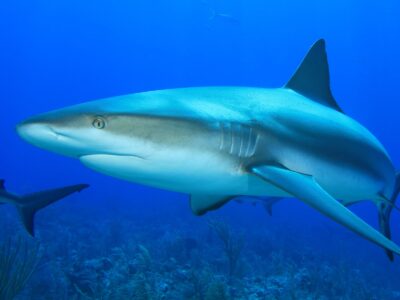
Caribbean Reef Shark
These sharks are a big part of ecotoursim in the Caribbean.
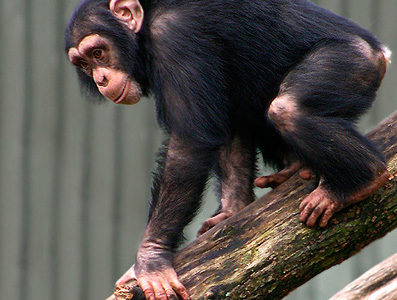
Chimpanzee
Has 32 teeth including fang-like canines!
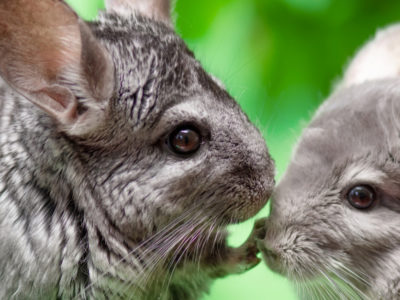
Chinchilla
Natively found in the Andes Mountain range!

Cobras
Several medicines have been created using cobra venom.

Coral Snake
There are over 80 species of coral snake worldwide.
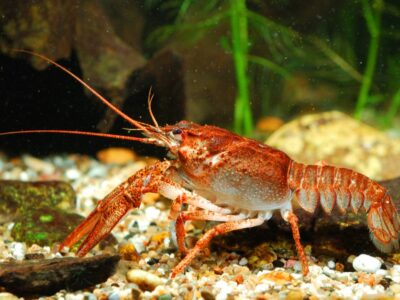
Crayfish
Female crayfish aren't that maternal; they have to secrete a form of pheromone, referred to as maternal pheromones, that encourages them to take care of their offspring and prevents them from eating their young.

Crocodylomorph
Crocodylomorphs include extinct ancient species as well as 26 living species today.
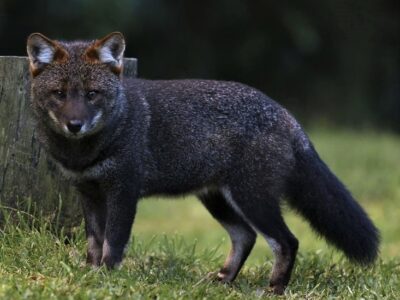
Darwin’s fox
It’s not a “true fox.”
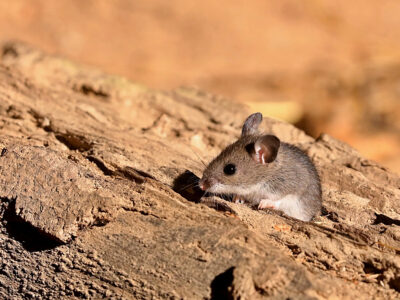
Deer Mouse
Roughly 60 different species of deer mice range from Canada to Central America!
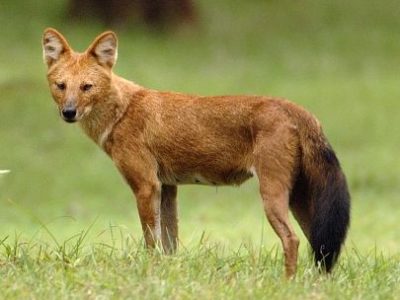
Dhole
Only 2,000 left in the wild!

Diminutive Woodrat
The presence of a Nelsonia tail in a tree indicates that these woodrats may be arboreal at times.
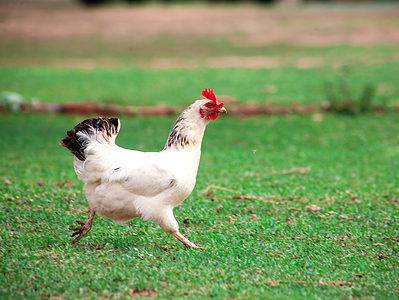
Dorking Chicken
They are docile birds, so do not mix them with dominant breeds like Cornish chickens and Old English Game.; otherwise, they will quickly fall to the bottom of the pecking order.
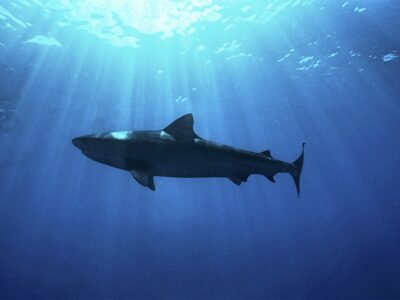
Dusky Shark
The Dusky Shark sometimes eats trash discarded by humans.
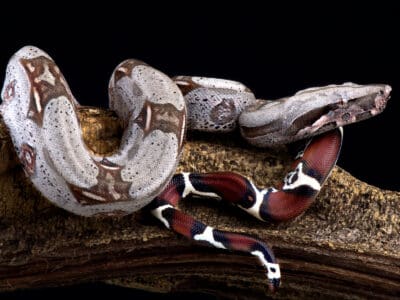
Dwarf Boa
Some species can change color from dark to light, and back again.
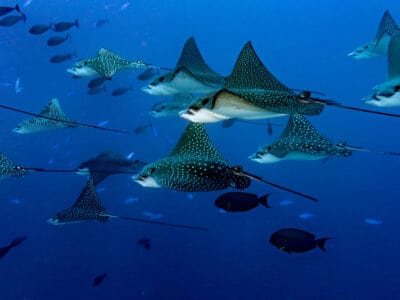
Eagle Ray
Majestic underwater bird like fish
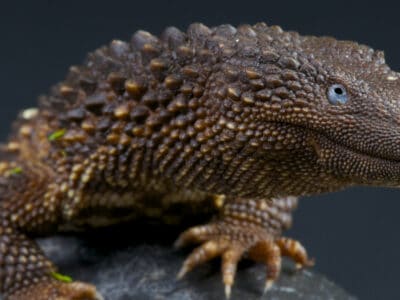
Earless Monitor Lizard
These lizards can practically shut down their metabolism and appear comatose for long periods.
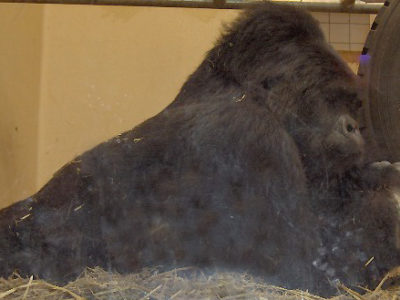
Eastern Lowland Gorilla
Less than 5,000 in the wild!

Eel
Eels can be a mere few inches long to 13 feet!
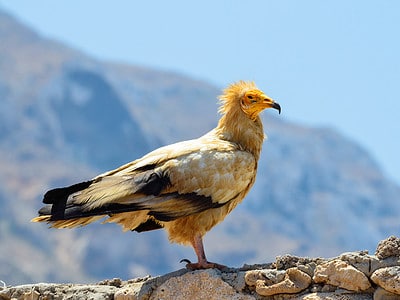
Egyptian Vulture
They steal large ostrich eggs and use rocks and pebbles to crack the shells.

Fin Whale
Found throughout ocean waters worldwide!

Finch
Finches have strong, conical bills that help them break open tough seeds that many other birds cannot.
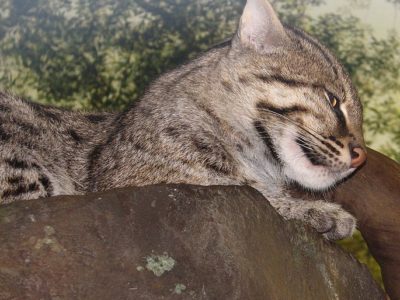
Fishing Cat
Scoops fish out of the water using it's paw!

Florida Panther
Florida panthers can leap more than 4.5 meters (15 feet) in the air.
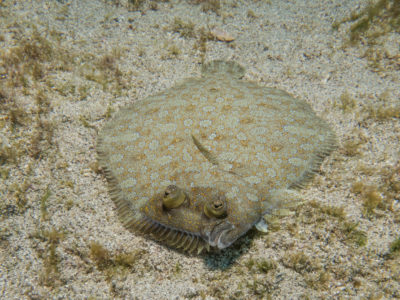
Flounder Fish
There are around 240 different species of Flounder fish

Fossa
Most closely related to the Mongoose!

Furrow Bee
N/A

Galapagos Penguin
Found around the Equator!
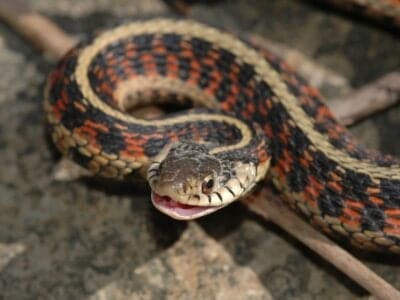
Garter Snake
Female garter snakes give birth to live young rather than laying eggs!

German Pinscher
Highly intelligent and fast learners!

Giant Golden Mole
The giant golden mole is able to sense vibrations through the earth because of the giant bone structure in its inner ear that works in conjunction with a bony plate which surrounds the skull.
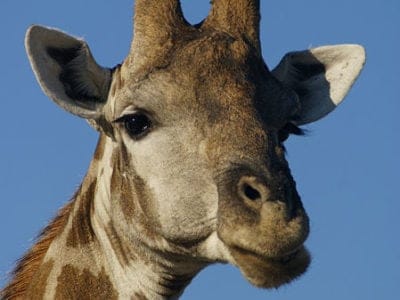
Giraffe
Long, black tongue can grow to 18 inches long!
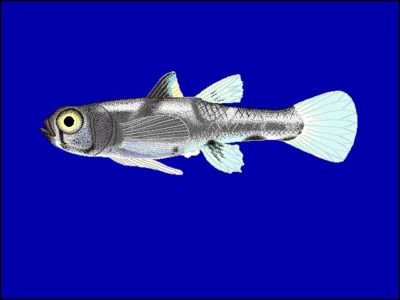
Goby Fish
Some Goby species are toxic.
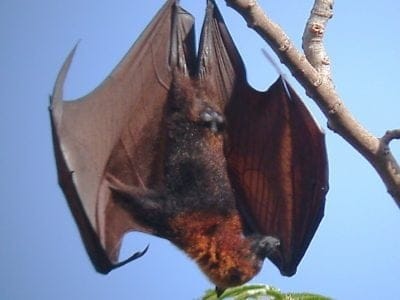
Golden-Crowned Flying Fox
They eat figs almost exclusively
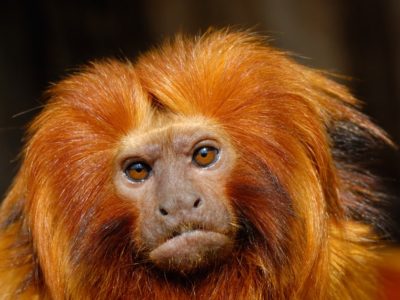
Golden Lion Tamarin
Native to the eastern rainforests of Brazil!

Golden Mole
The golden mole is so named because of its iridescent coat, which gives it a shining, rainbow-like effect.

Goliath Frog
Does not have a vocal sac.
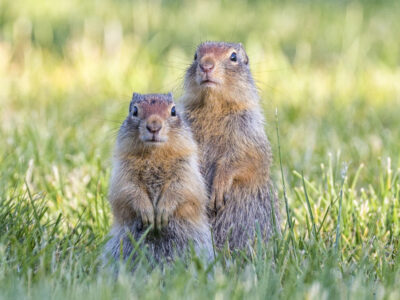
Ground Squirrel
Ground squirrels are adept excavators and can dig colonial burrows larger than football fields!
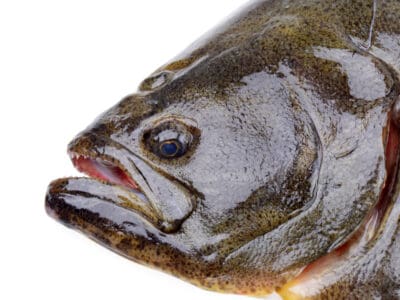
Halibut
The word "halibut" is comes from haly meaning "holy" and butte meaning flat fish due to its popularity on Catholic holy days.

Hawaiian Monk Seal
Hawaiian name is "Ilio-holo-i-ka-uaua," meaning "the dog which runs in rough waters.

Honey Bee
There are only 8 recognized species!

Hummingbird
Beat their wings up to 80 times per second!

Indian Elephant
Found throughout south-east Asia!
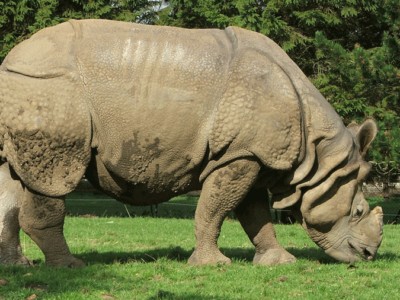
Indian Rhinoceros
Also known as the one-horned rhino!
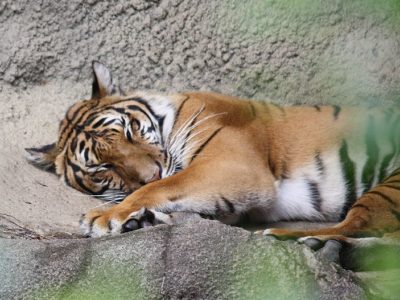
Indochinese Tiger
Now thought to be extinct in China!
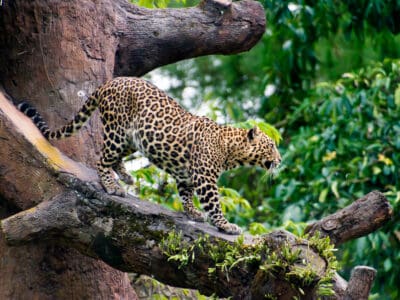
Javan Leopard
Deathly afraid of water
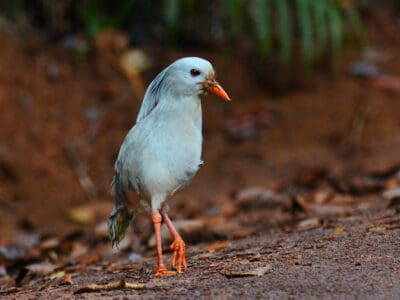
Kagu
The endangered kagu is the only bird in the world with nasal corns!
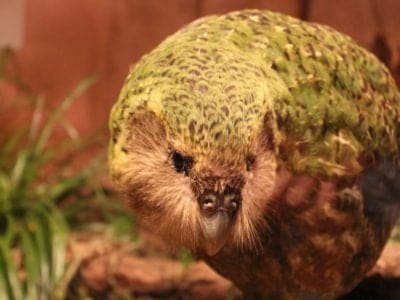
Kakapo
The heaviest species of parrot in the world!
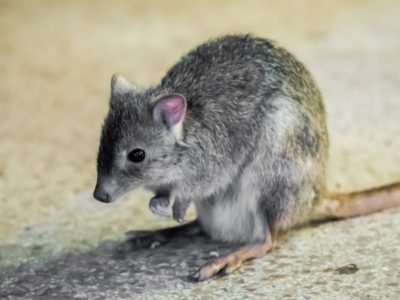
Kangaroo Rat
Merriam’s kangaroo rats literally never have to drink water
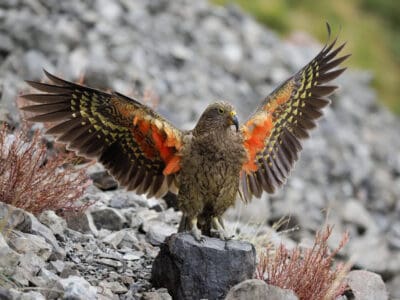
Kea
This lovable pest may come to you asking for food or attempting to steal your belongings! They are named for their loud vocalizations, “kee-aaa!”
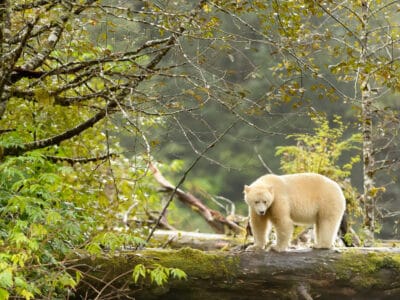
Kermode Bear (Spirit Bear)
The cubs are usually weaned after 6 to 8 months; however, they will remain with their mothers through their second winter until they reach 17 months old.
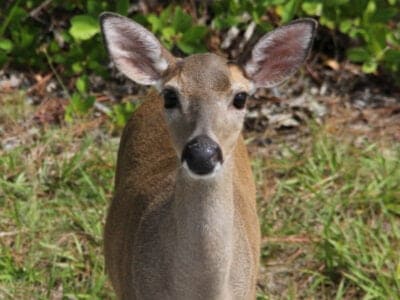
Key Deer
Bucks grow new antlers every year.

Khao Manee
The Khao Manee is one of the rarest cat breeds in the world.

Lappet-faced Vulture
Lappet-faced vultures are tidy and wash their heads in a body of water after they’ve eaten

Little Brown Bat
The little brown bat uses echolocation to quickly navigate around its environment
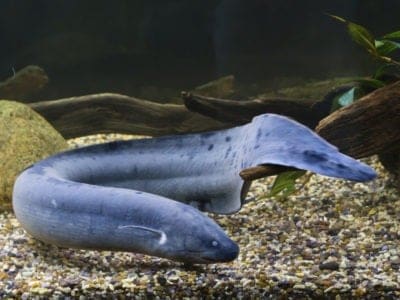
Lungfish
The lungfish first evolved almost 400 million years ago.

Macaw
The largest species of parrot in the world!
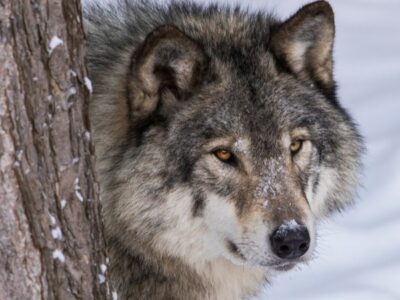
Mackenzie Valley Wolf
Will travel up to 70 miles in a single day.
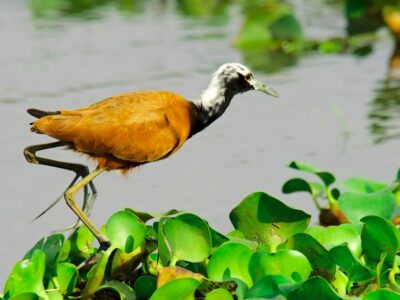
Madagascar Jacana
The Madagascar jacana is endangered due to habitat loss and illegal hunting.

Malayan Tiger
Found in less-dense jungles!
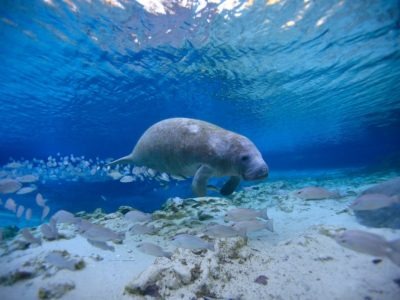
Manatee
Also known as the Sea Cow!
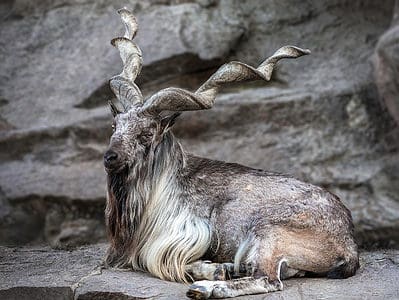
Markhor
The markhor drools a foamy substance after chewing its cud, which the local people use for extracting snake poison.
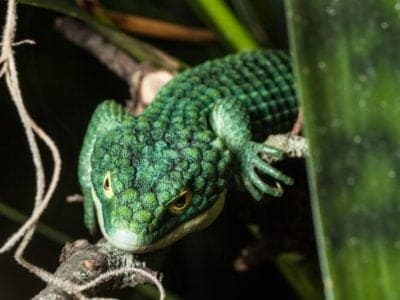
Mexican Alligator Lizard
Mexican alligator lizards shed their skin like snakes.
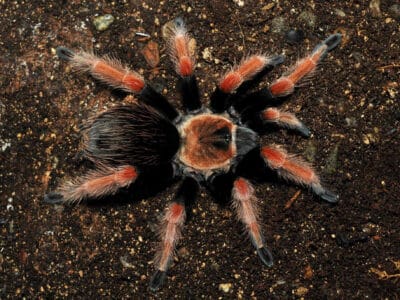
Mexican Fireleg Tarantula
Mexican fireleg tarantulas have bright reddish-orange legs.
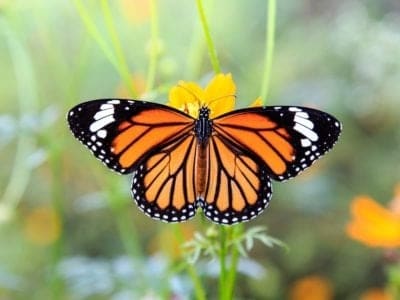
Monarch Butterfly
During migration, Monarch Butterflies may travel 250 or more miles each day.
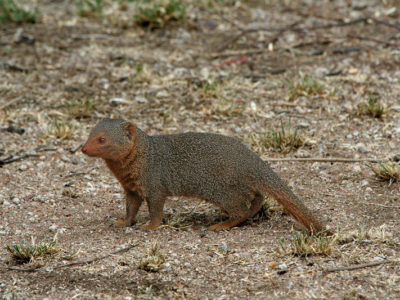
Mongoose
Range in size from just 1 to 3 foot!
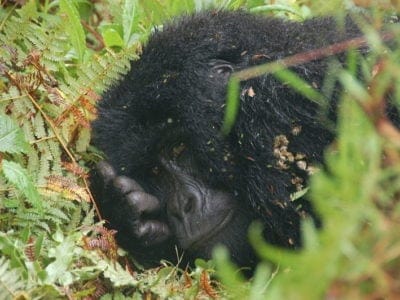
Mountain Gorilla
Isolated populations found in the mountains!
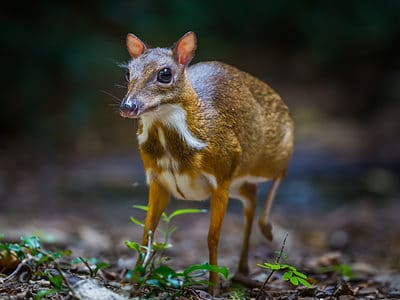
Mouse-Deer (Chevrotain)
Tiny hooved creature that looks like a cross between a mouse and a miniature deer
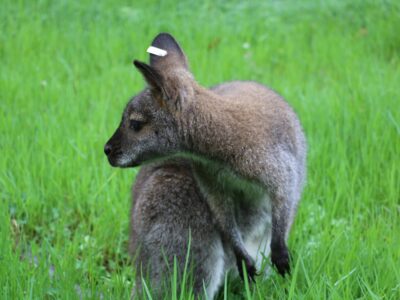
Nabarlek
Nabarleks have teeth like a shark, with new molars continuously emerging from the back.

Numbat
There are less than 1,000 left in the wild!
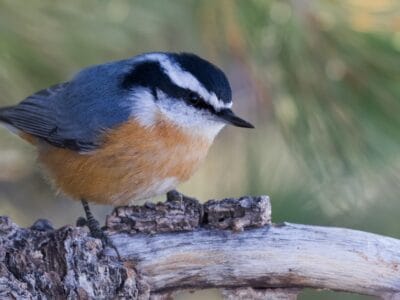
Nuthatch
Nuthatches spend a lot of their time upside down.

Onager
An onager's coat changes color with the season.
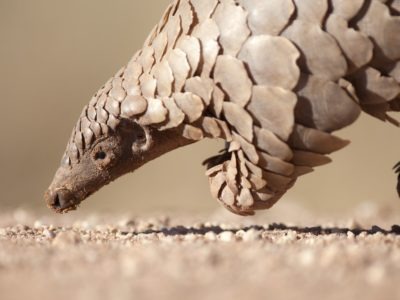
Pangolin
Bad eyesight, but great sense of smell

Parrot
Can live for up to 100 years!

Pig-Nosed Turtle
Their family lineage dates back 140 million years

Amazon River Dolphin (Pink Dolphin)
Also known as the 'Pink Dolphin'
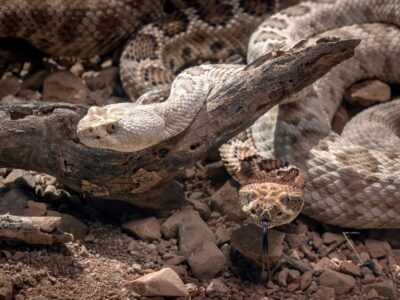
Pit Viper
Pit vipers's fangs fold up into their mouths when they don't need them.

Platinum Arowana
The male broods the eggs and baby fish in his mouth.
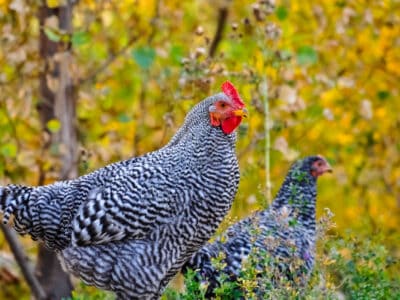
Plymouth Rock Chicken
Plymouth Rock hens have a calm and friendly nature. They usually get along with flock mates and will shy away from confrontation or disputes.
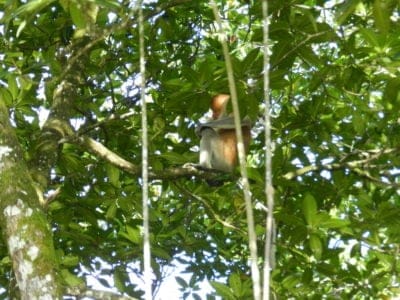
Proboscis Monkey
Natively found on the island of Borneo!
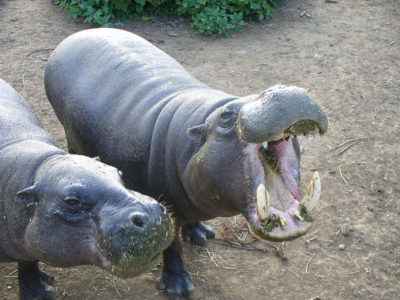
Pygmy Hippopotamus
Spends more time on land than in water!
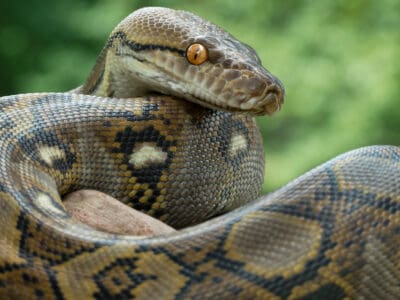
Python
Female pythons lay eggs and defend them until they hatch.

Red Panda
There are less than 3,000 left in the wild!

Rhinoceros
It's horns are made from keratin!
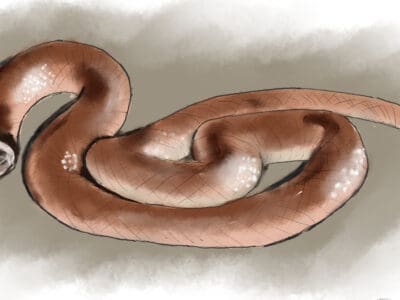
Rim Rock Crowned Snake
Rim rock crowned snakes made news in 2022 when a hiker discovered one of these rare snakes had died while attempting to swallow a centipede!

Rodents
The capybara, the world’s largest rodent, likes to be in and around bodies of water. Because of this, the Catholic Church in South America decided that it was a fish, and people were allowed to eat it during Lent and First Fridays.
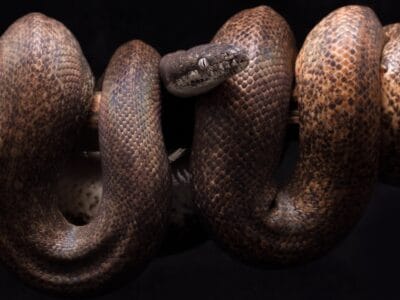
Savu Python
Before ball pythons' morphs became popular, Savu pythons were everywhere in the pet trade.
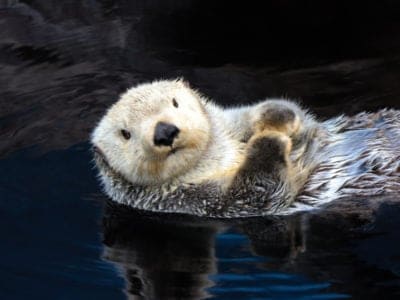
Sea Otter
Eats over 40 different marine species!
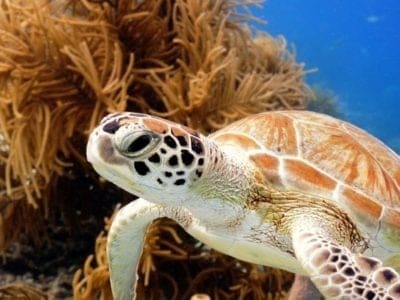
Sea Turtle
Always return to the same beach to lay eggs!

Seahorse
Males give birth to up to 1,000 offspring!
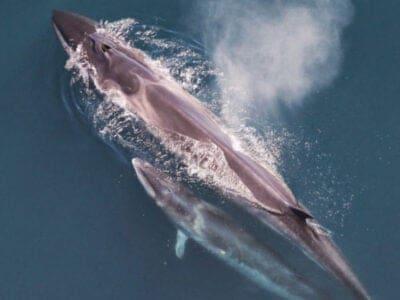
Sei Whale
This whale is one of the fastest of the cetaceans
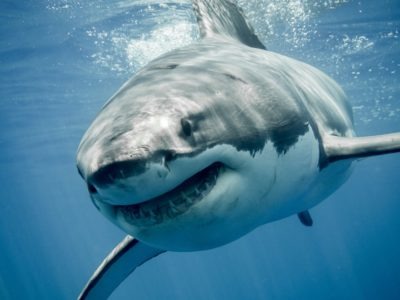
Shark
No shark species has any bones in their bodies

Shortfin Mako Shark
Shortfin Mako sharks can jump 20 feet above the water!”
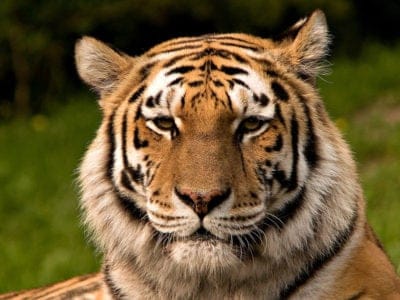
Siberian Tiger
Also known as the Amur tiger!
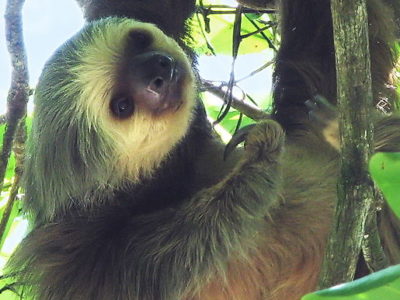
Sloth
It's body temperature is between 30 - 34 degrees!

South China Tiger
There are less than 20 in the wild!
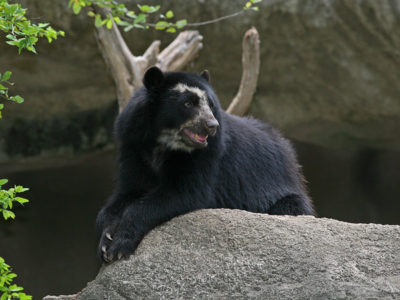
Spectacled Bear
Native to the Andes mountains of South America!

Spider Monkey
Belongs to the only family of primates in the world with full prehensile tails!
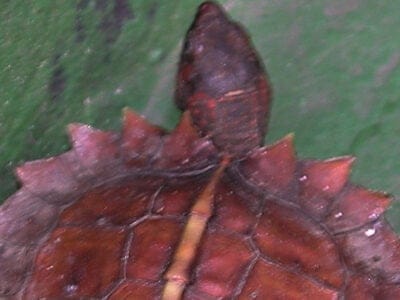
Spiny Hill Turtle
The shell serves as both a defense and camouflage!
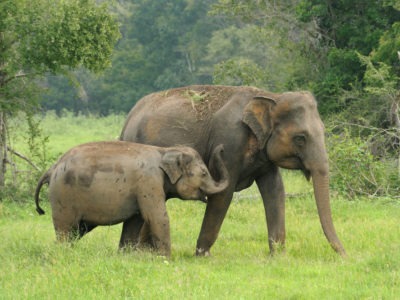
Sri Lankan Elephant
Now restricted to a few parks!
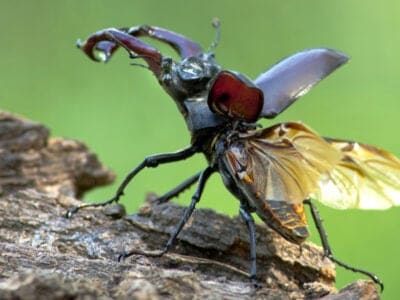
Stag Beetle
The stag beetle consumes rotting and decaying wood when it is in the larva stage.
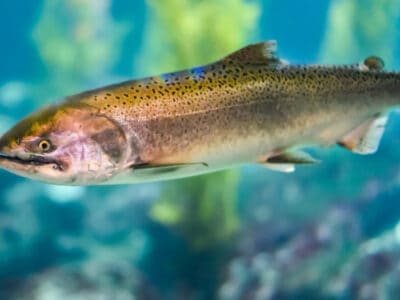
Steelhead Salmon
Steelhead live in freshwater rivers and streams for 1 to 2 years before migrating into the ocean
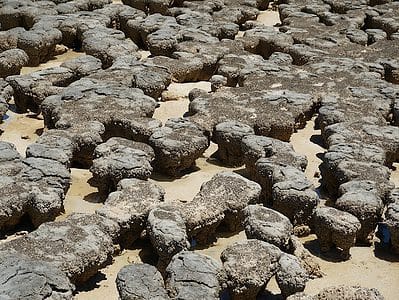
Stromatolite
Stromatolites played a key role in the development of life on Earth.
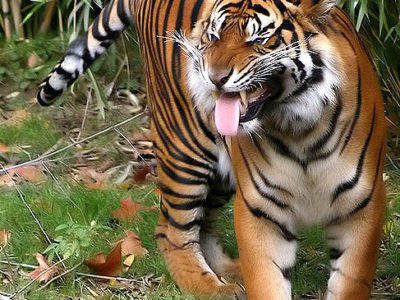
Sumatran Tiger
The smallest species of tiger!
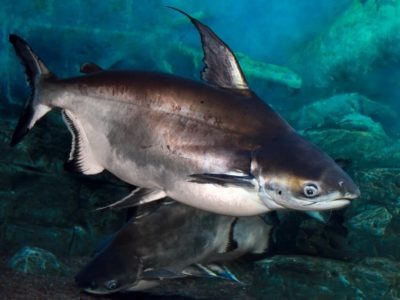
Swai Fish
The edges of an iridescent shark's fins have a signature glow

Tamarin
These tiny yet intelligent monkeys often give birth to fraternal twins.

Tapir
Most closely related to horses and rhinos!
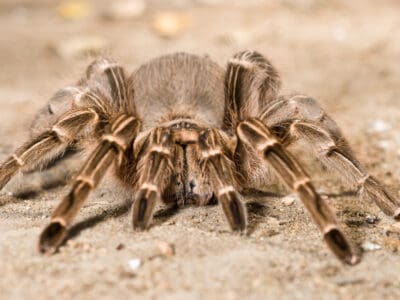
Tarantula
More than 1000 species of tarantulas have been identified all around the world!
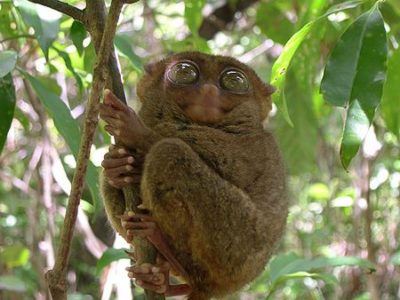
Tarsier
Each eye weighs more than their whole brain!
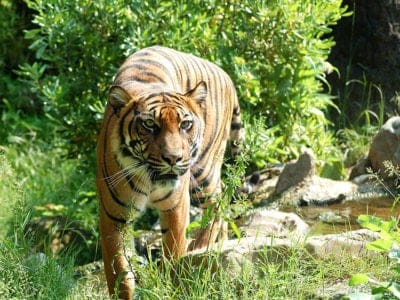
Tiger
The largest feline in the world!

Tiger Beetle
The adult tiger beetle is one of the fastest land insects in the world

Tortoise
Can live until they are more than 150 years old!
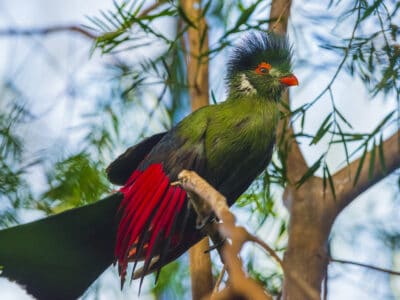
Turaco
Their name means “banana-eater,” but they rarely ever eat bananas.

Viper
Vipers are one of the most widespread groups of snakes and inhabit most

Volcano Snail
The volcano snail lives comfortably in temperatures of up to 750 degrees Fahrenheit.

Vulture
There are 30 different species worldwide!

Water Buffalo
Has been domesticated for thousands of years!

Weaver Bird
The weaver constructs an elaborate nest for the breeding season

Welsh Black Cattle
Welsh Black Cattle were once used as currency in Wales and referred to as “black gold”.

White Tiger
None have been seen in the wild for 50 years!
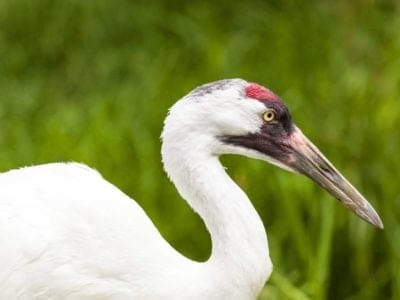
Whooping Crane
This species is named after the loud whooping sound it makes
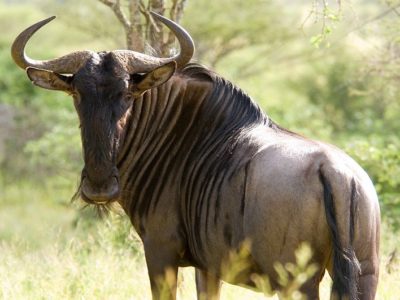
Wildebeest
Can trek more than 1,000 miles every year!

Wolffish
The wolffish has impressive canines with a powerful bite force!
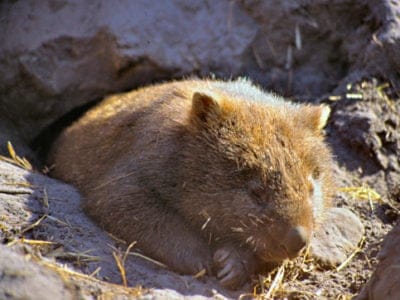
Wombat
Spends most of the day underground!
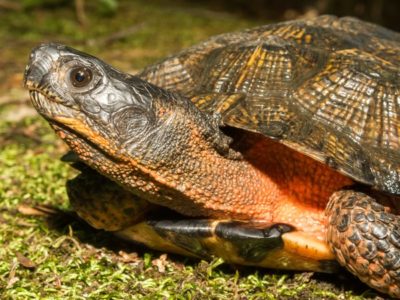
Wood Turtle
Temperature determines the sex of turtle eggs

Yellow-Eyed Penguin
The rarest species of penguin!
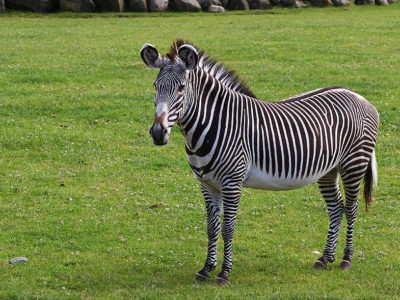
Zebra
Stripe patterns are unique to each individual!
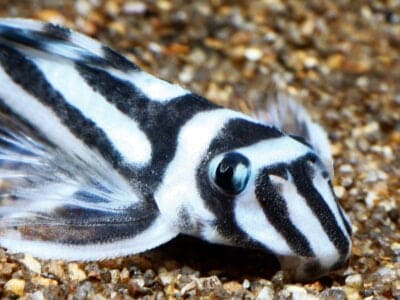
Zebra Pleco
The zebra pleco is a bottom feeder with a sucker mouth.
Endangered Species List
- African Elephant
- African Forest Elephant
- African Grey Parrot
- African Penguin
- African Wild Dog
- Agouti
- Amberjack
- American Eel
- Armadillo
- Asian Arowana
- Asian Elephant
- Asiatic Black Bear
- Atlantic Sturgeon
- Axolotl
- Aye-aye
- Babirusa
- Bactrian Camel
- Bamboo Shark
- Bandicoot
- Bear
- Bengal Tiger
- Black-Footed Ferret
- Blacknose Shark
- Blue Iguana
- Blue Whale
- Bluefin Tuna
- Bonobo
- Brown Bear
- Brown Snake
- Butterfly Fish
- Capuchin
- Caribbean Reef Shark
- Chimpanzee
- Chinchilla
- Cobras
- Coral Snake
- Crayfish
- Crocodylomorph
- Darwin’s fox
- Deer Mouse
- Dhole
- Diminutive Woodrat
- Dorking Chicken
- Dusky Shark
- Dwarf Boa
- Eagle Ray
- Earless Monitor Lizard
- Eastern Lowland Gorilla
- Eel
- Egyptian Vulture
- Fin Whale
- Finch
- Fishing Cat
- Florida Panther
- Flounder Fish
- Fossa
- Furrow Bee
- Galapagos Penguin
- Garter Snake
- German Pinscher
- Giant Golden Mole
- Giraffe
- Goby Fish
- Golden-Crowned Flying Fox
- Golden Lion Tamarin
- Golden Mole
- Goliath Frog
- Ground Squirrel
- Halibut
- Hawaiian Monk Seal
- Honey Bee
- Hummingbird
- Indian Elephant
- Indian Rhinoceros
- Indochinese Tiger
- Indri
- Javan Leopard
- Kagu
- Kakapo
- Kangaroo Rat
- Kea
- Kermode Bear (Spirit Bear)
- Key Deer
- Khao Manee
- Lappet-faced Vulture
- Little Brown Bat
- Longfin Mako Shark
- Lungfish
- Macaw
- Mackenzie Valley Wolf
- Madagascar Jacana
- Malayan Tiger
- Manatee
- Markhor
- Mexican Alligator Lizard
- Mexican Fireleg Tarantula
- Monarch Butterfly
- Mongoose
- Mountain Gorilla
- Mouse-Deer (Chevrotain)
- Nabarlek
- Numbat
- Nuthatch
- Onager
- Pangolin
- Pantaloon Bee
- Parrot
- Pig-Nosed Turtle
- Amazon River Dolphin (Pink Dolphin)
- Pit Viper
- Platinum Arowana
- Plymouth Rock Chicken
- Proboscis Monkey
- Pygmy Hippopotamus
- Python
- Red Panda
- Rhinoceros
- Rim Rock Crowned Snake
- Rodents
- Savu Python
- Sea Otter
- Sea Turtle
- Seahorse
- Sei Whale
- Shark
- Shortfin Mako Shark
- Siberian Tiger
- Sloth
- South China Tiger
- Spectacled Bear
- Spider Monkey
- Spiny Hill Turtle
- Sri Lankan Elephant
- Stag Beetle
- Steelhead Salmon
- Stromatolite
- Sumatran Tiger
- Swai Fish
- Swallowtail Butterfly
- Swallowtail Caterpillar
- Tamarin
- Tapir
- Tarantula
- Tarsier
- Tiger
- Tiger Beetle
- Tortoise
- Turaco
- Viper
- Volcano Snail
- Vulture
- Water Buffalo
- Weaver Bird
- Welsh Black Cattle
- White Tiger
- Whooping Crane
- Wildebeest
- Wolffish
- Wombat
- Wood Turtle
- Yellow-Eyed Penguin
- Zebra
- Zebra Pleco
Thank you for reading! Have some feedback for us? Contact the AZ Animals editorial team.




